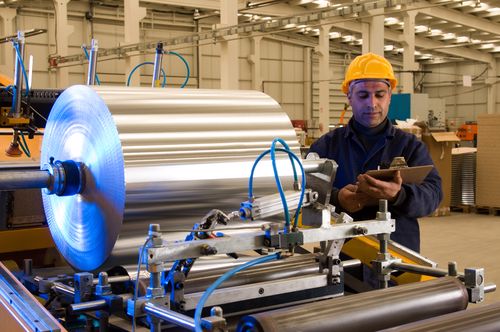
How to become a master machinist
Becoming a Master Machinist Becoming a master machinist is a journey, but it’s one worth taking. Fortunately, there are clear steps you can follow to …
Doing more through unity | ResourceMFG is becoming Employbridge learn more
QUESTIONS? 1-877-404-8449

Becoming a Master Machinist Becoming a master machinist is a journey, but it’s one worth taking. Fortunately, there are clear steps you can follow to …
Becoming a journeyman machinist In manufacturing, every intricate part, component, and machine is the result of the work of skilled machinists. If you have a …
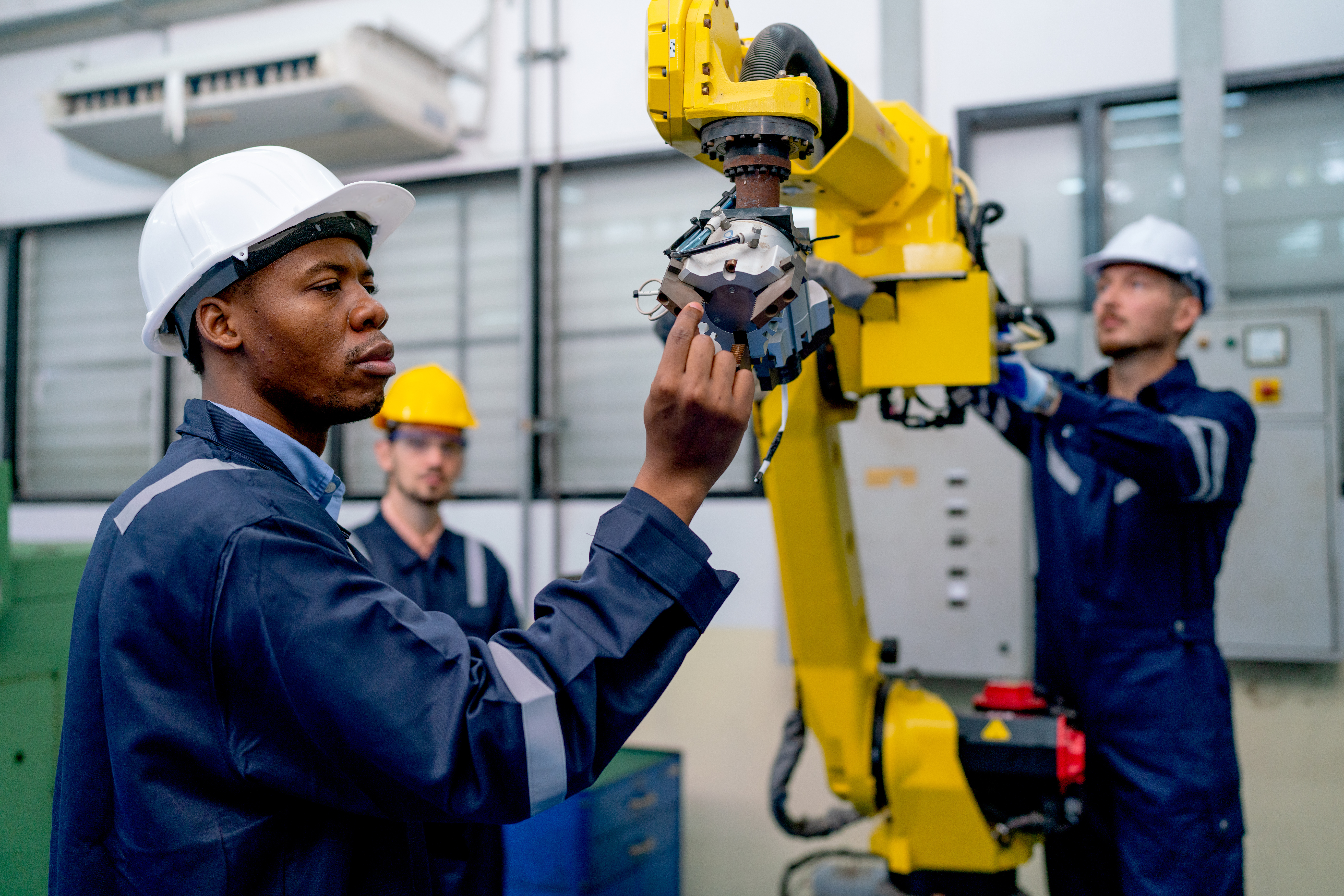
Machinist skills for career advancement In machining, you must master specific skills if you want to advance in your career. Using equipment with precision, becoming …

Construction machine operators and their functions As a construction machine operator, every lever you pull and each maneuver you make helps shape the future of …
Continue reading “Types of Construction Machine Operators and Their Functions”

Why quality control is important Have you ever wondered how products or services are made and delivered in great condition? Put simply, it’s because of …
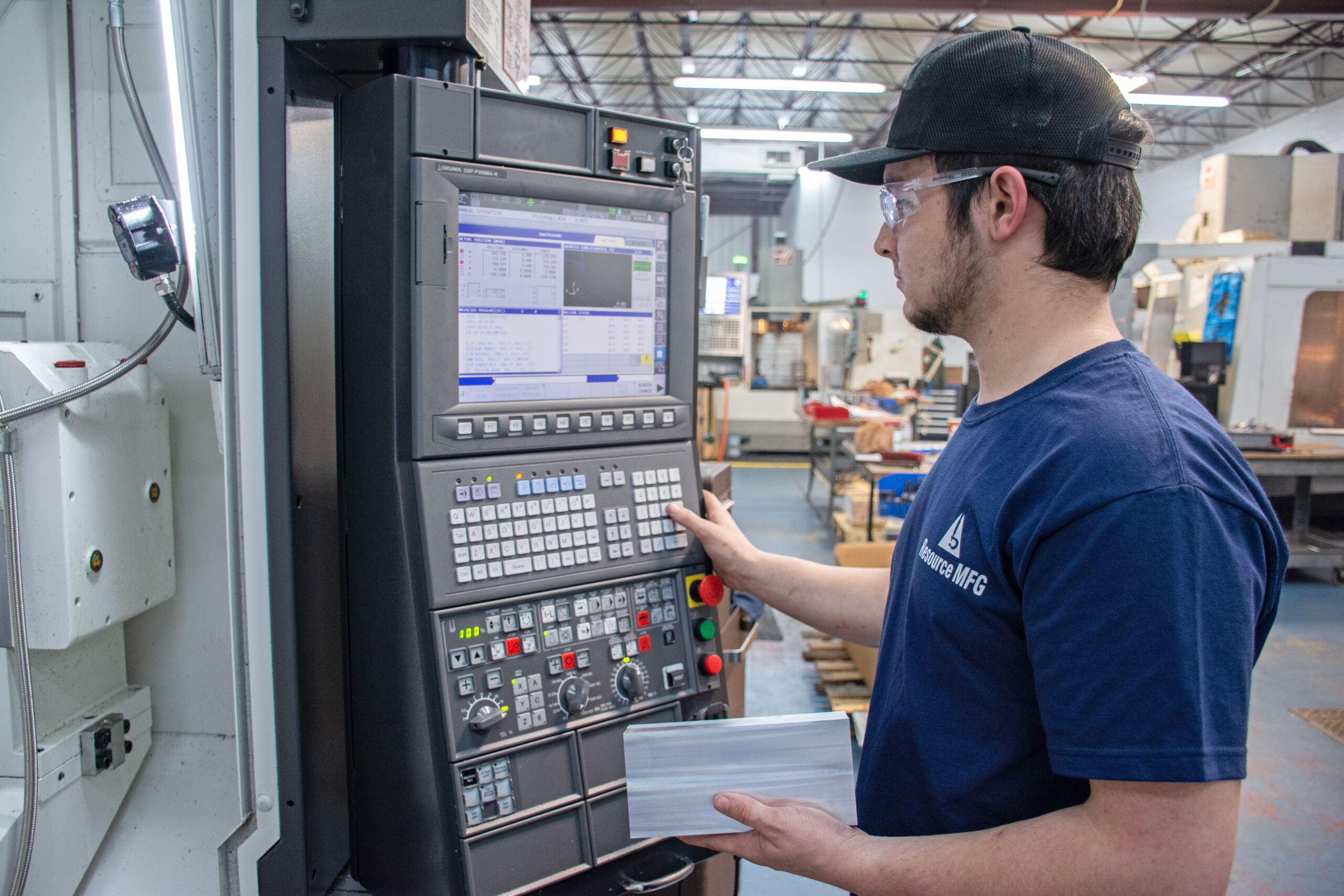
Two levels of quality control In manufacturing, maintaining high-quality standards isn’t just a nicety — it’s a necessity. Quality control is crucial for both financial …
Continue reading “What Are the Two Levels of Quality Control?”
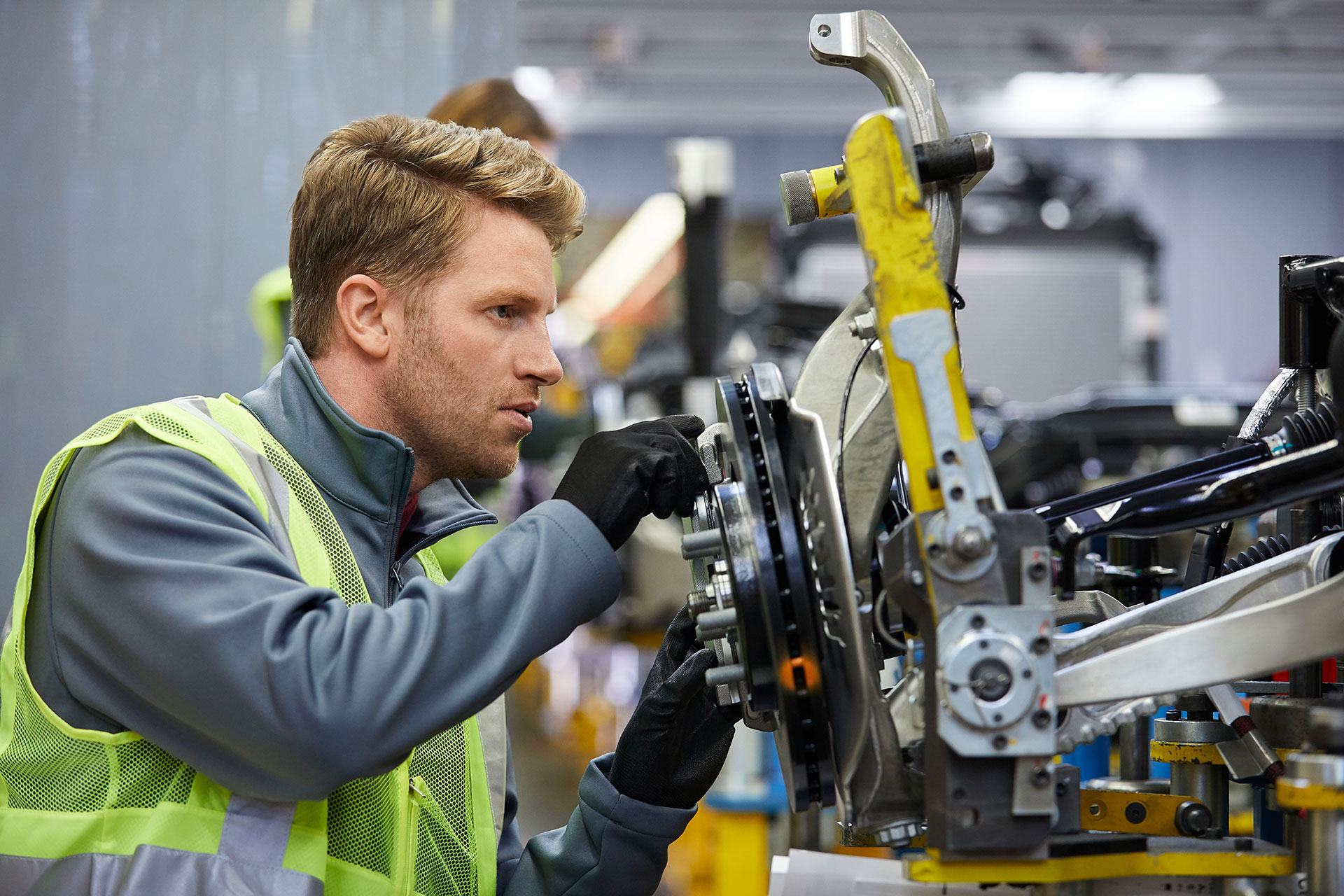
Types of tools for machinist jobs In manufacturing and production, machinists play a key role in precision and craftsmanship. But becoming a machinist requires an …
Continue reading “Types of Tools for Machinist Jobs, Explained”
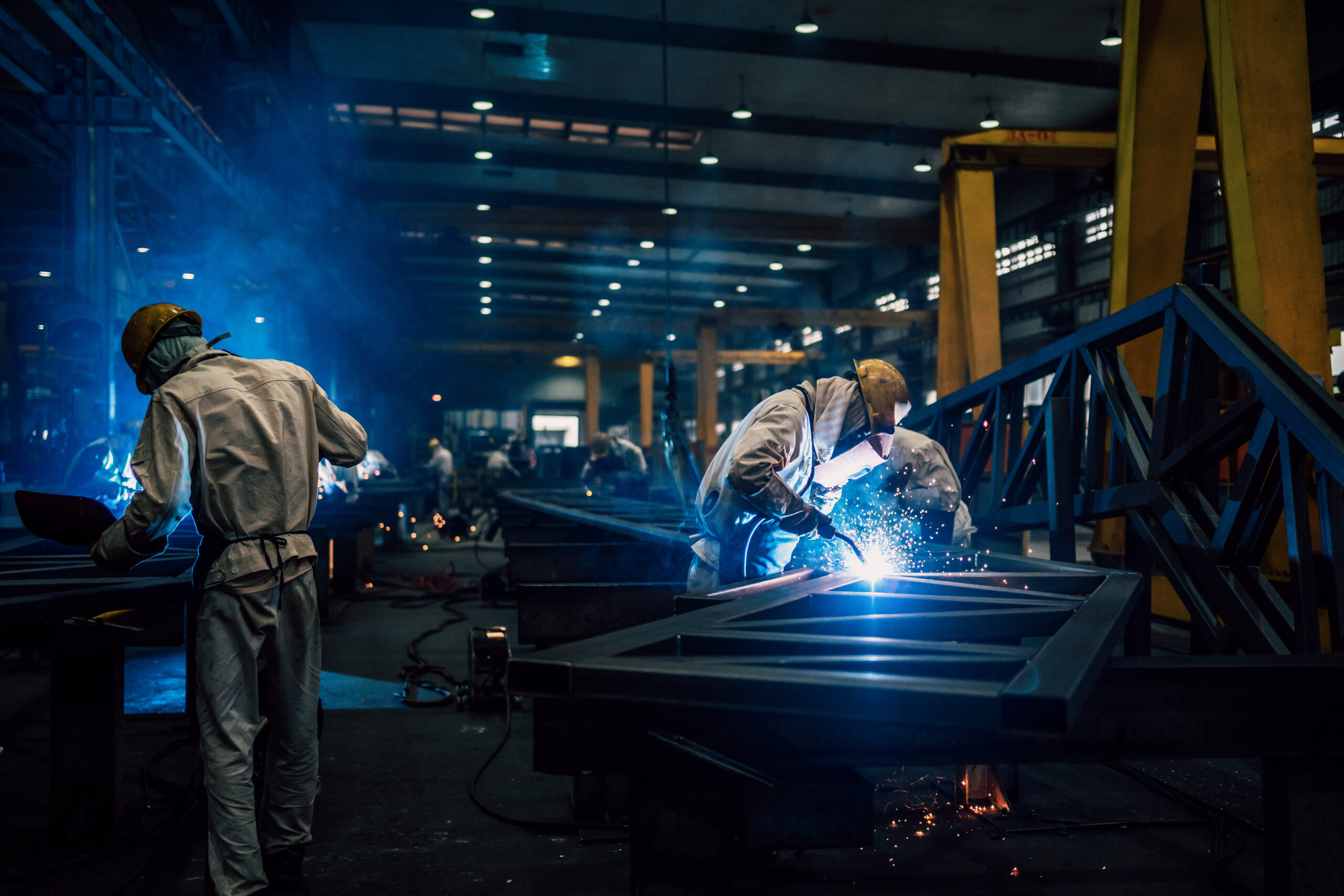
What are the working conditions like for welders? Within the multifaceted welding industry, there are seemingly endless paths to become a welder, each with unique …

Quality control in construction explained Quality control is a crucial process for every industry to ensure the delivery of reliable products and services. This is …
Continue reading “What Is Quality Control in Construction? “

Best Methods for Inventory Control Market demand is unpredictable, making it difficult for organizations to ensure products are always available when needed and maintain the …
Continue reading “Controlling inventory: Inventory control methods”
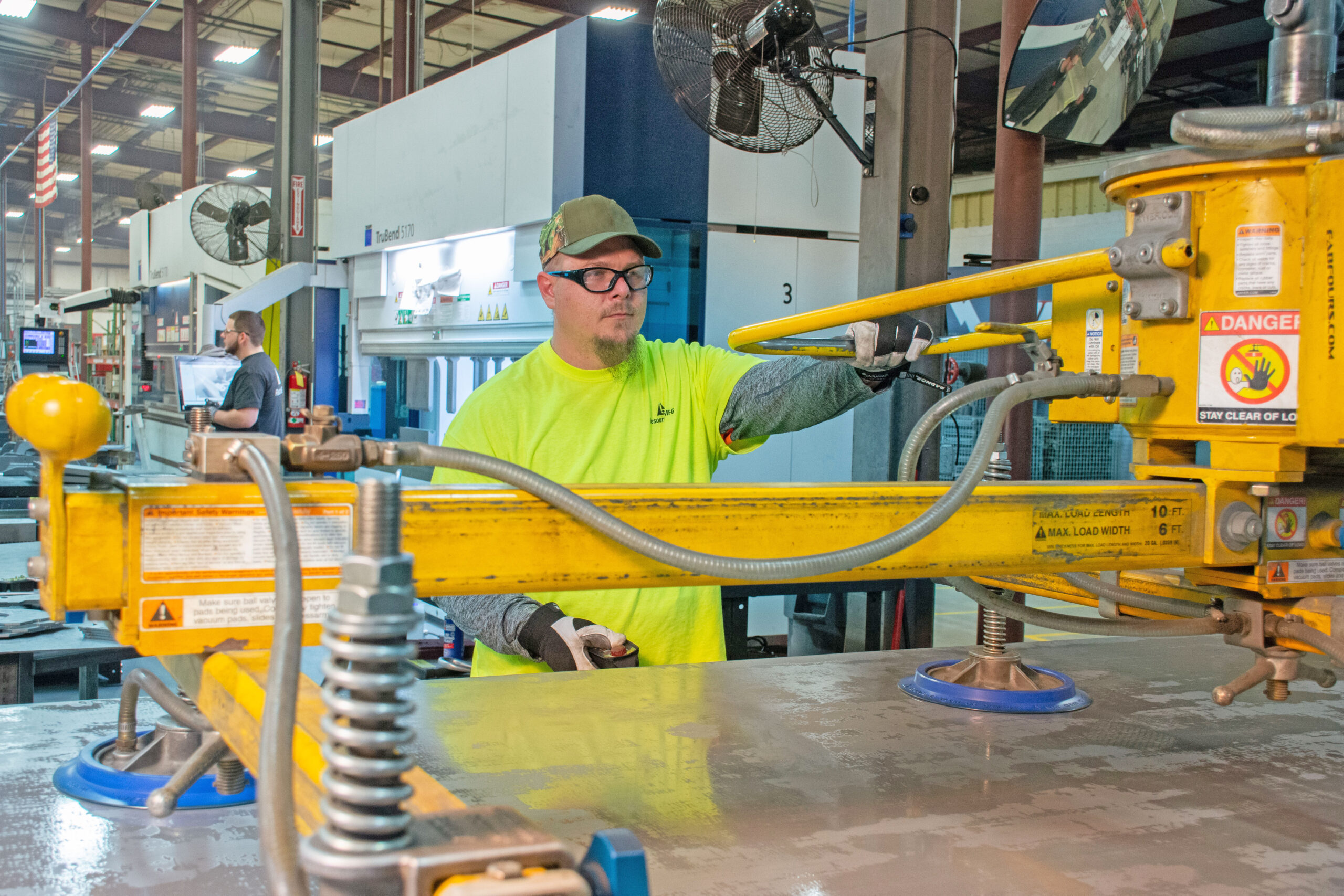
Skills needed to be a machine operator In the world of manufacturing and production, machine operators are the unsung heroes behind complex modern equipment. But …
Continue reading “A Guide to Mastering Essential Machine Operator Skills”

5 Different Quality Control Methods Whether you’re just getting into a quality control career or looking to take the next step in your career, understanding …
Continue reading “What Are 5 Different Quality Control Methods? “

What Differentiates Quality Control and Quality Assurance? When it comes to delivering customer satisfaction and product excellence, two pillars remain essential to achieving these goals: …
Continue reading “Quality Control vs. Quality Assurance: What’s the Difference?”
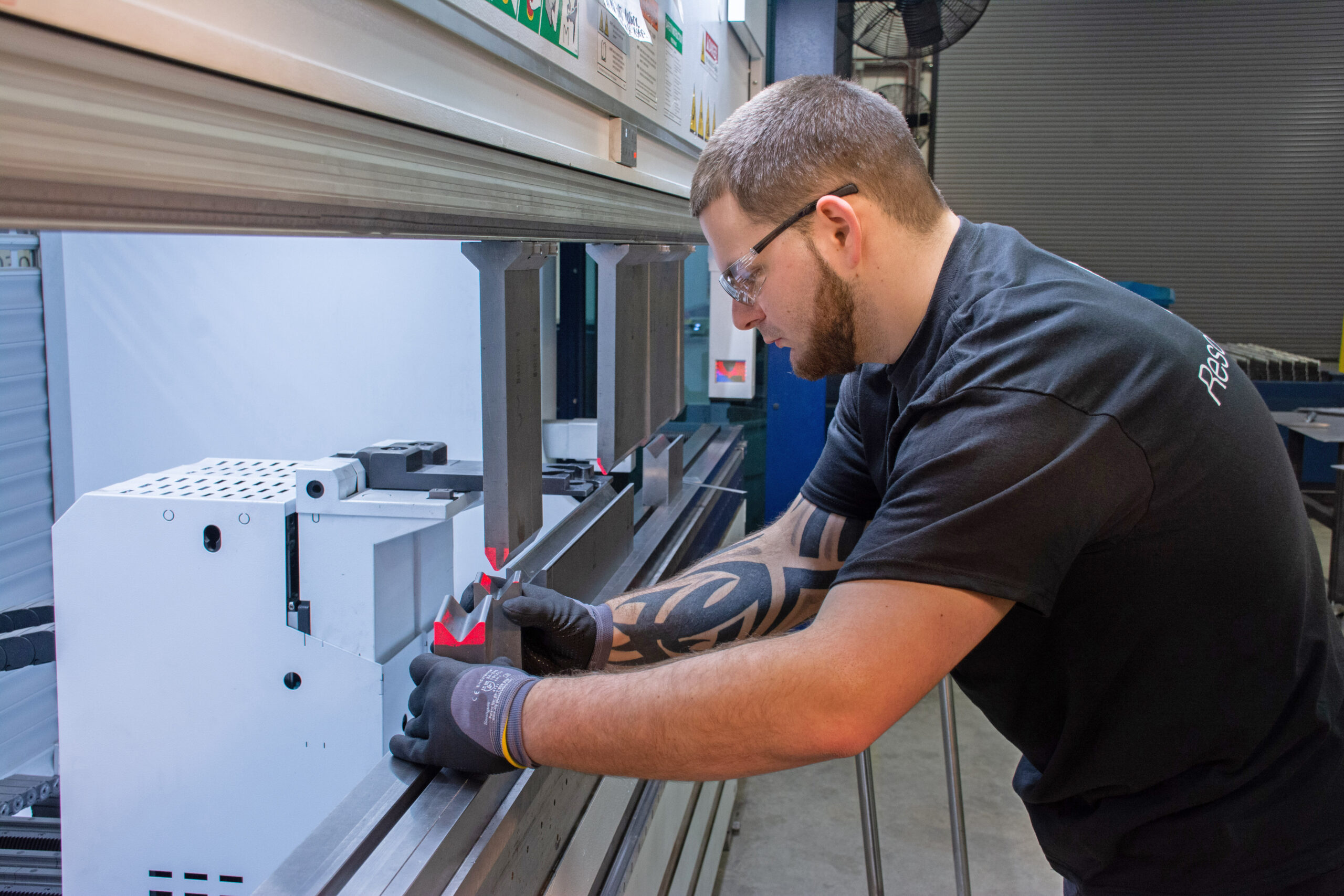
Quality control process Have you ever wondered about the intricate details that go into ensuring your favorite products get to you in top working condition? …
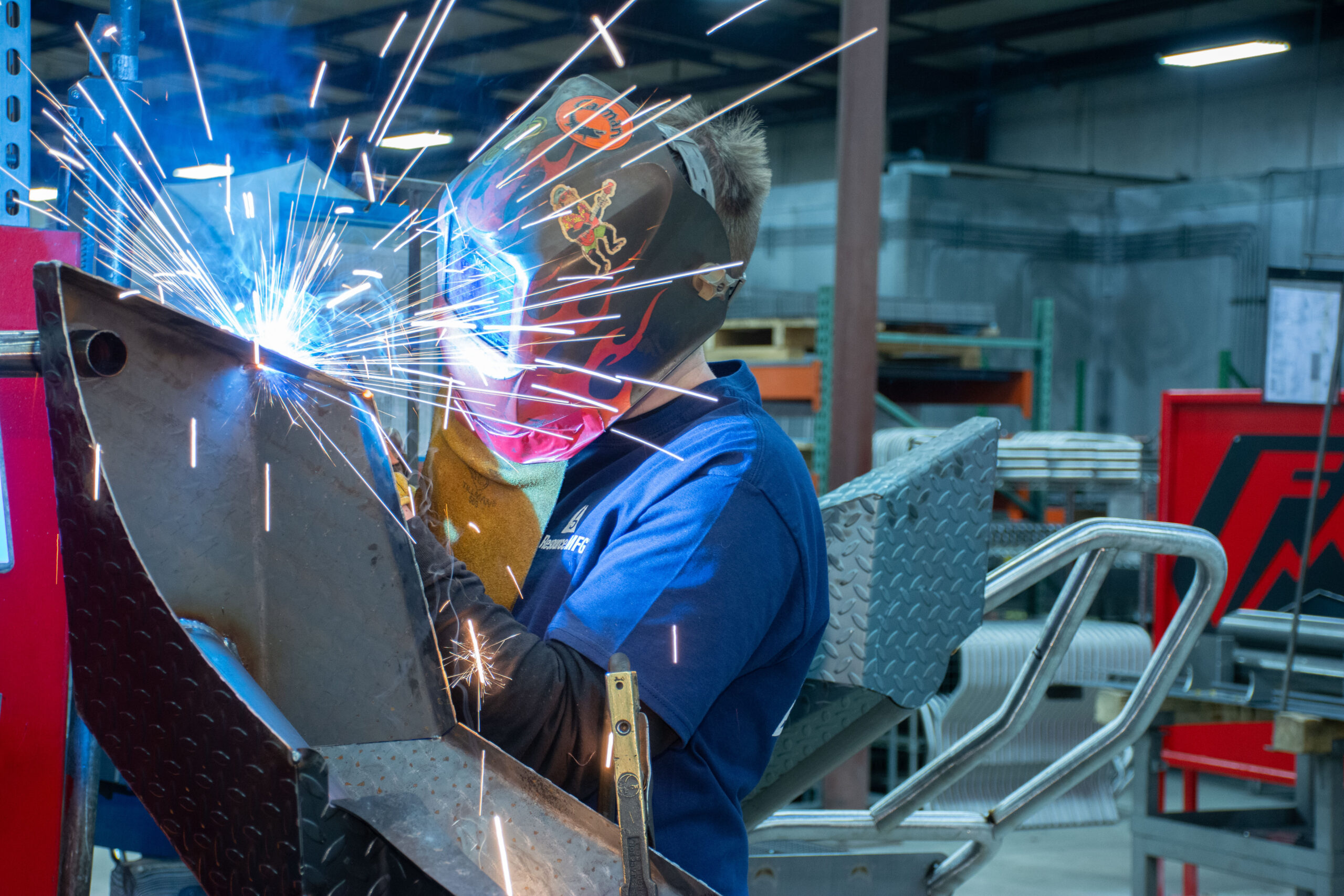
What Is the Weld Process? Welding is a fundamental and indispensable process that plays an important role in joining materials, fabricating structures, and supporting several …
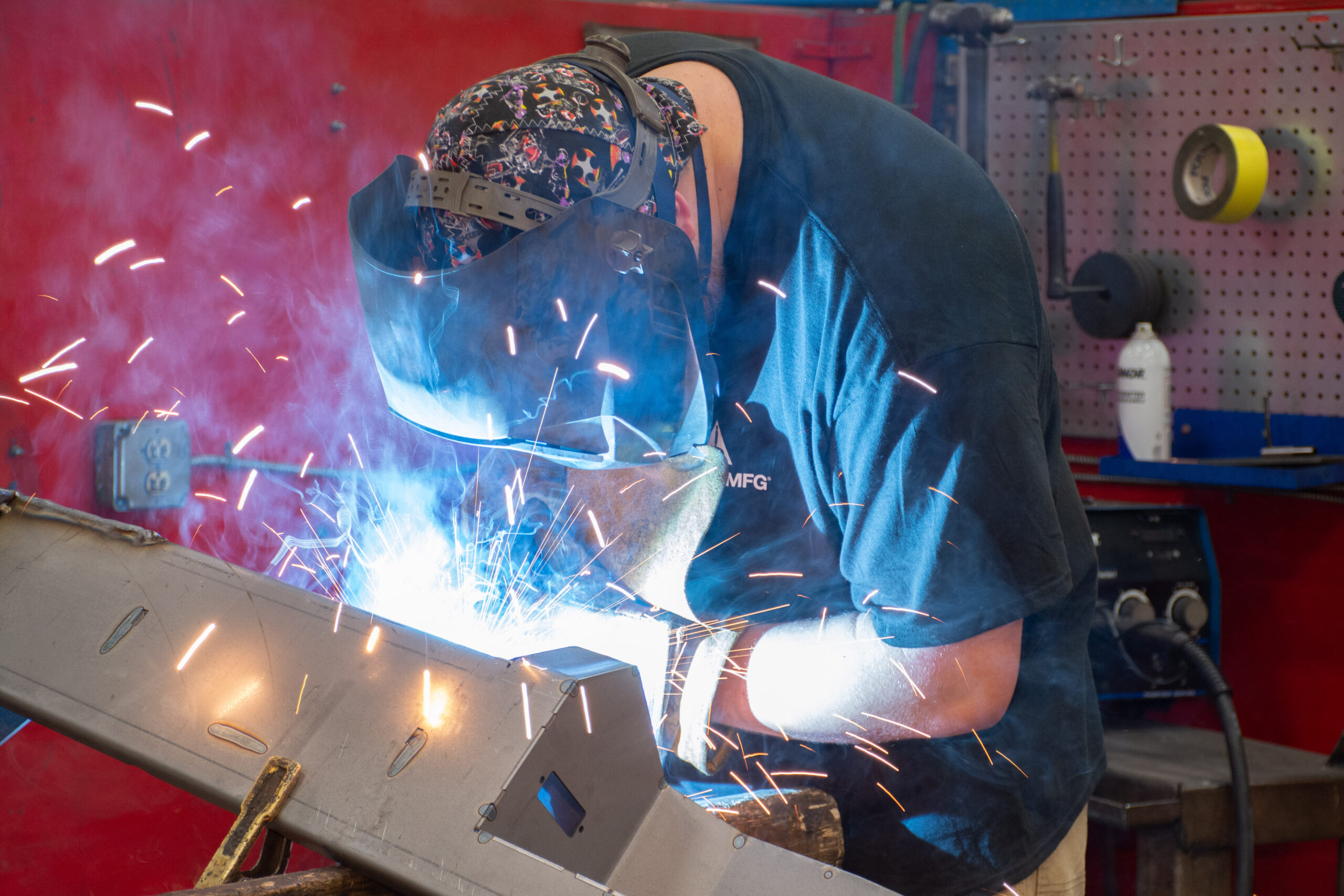
Tips for welding safety Welders are skilled professionals who fuse metal pieces together to create strong and durable bonds. Due to the nature of this …
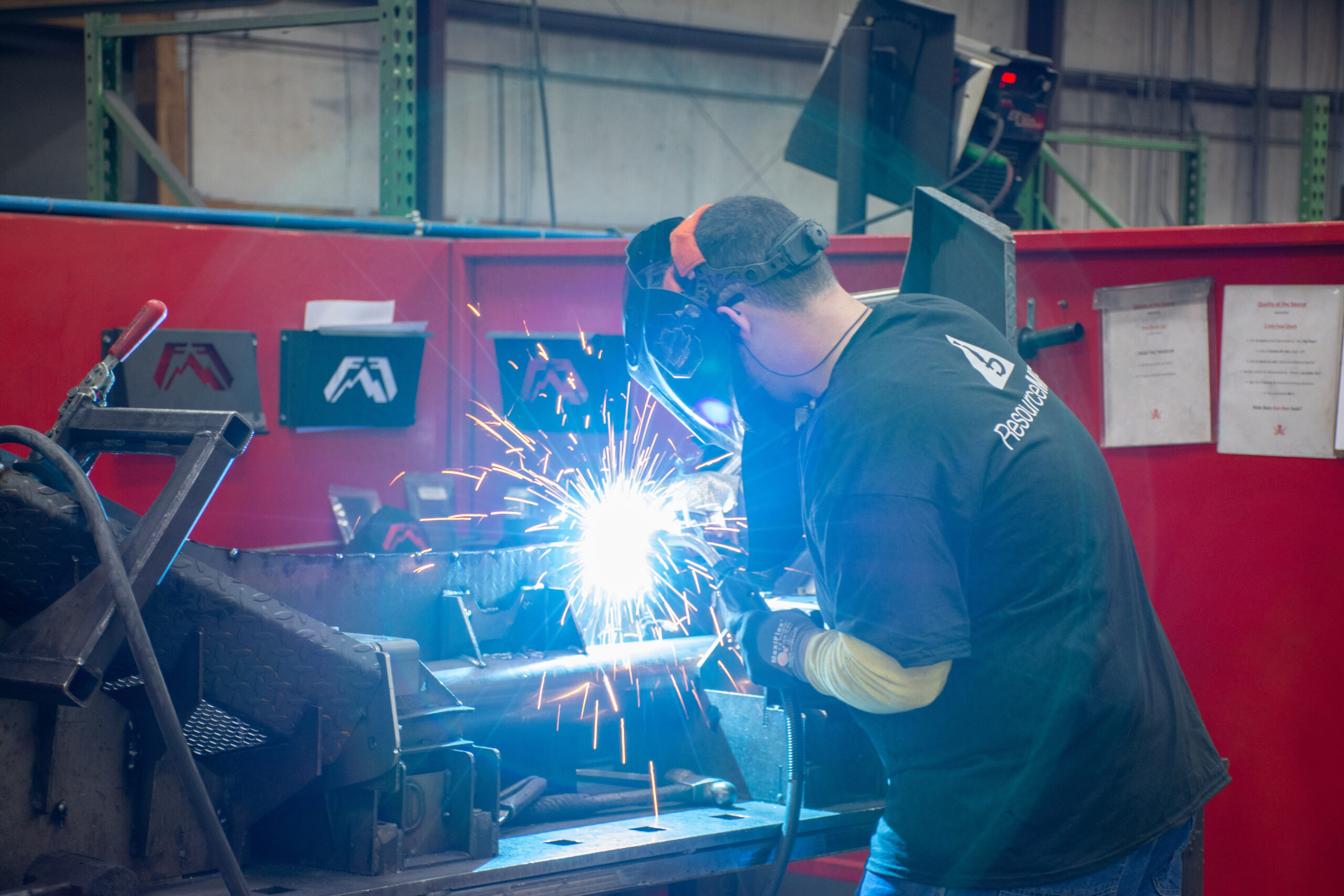
Skills for welding to advance your career Have you been looking for a way to take your welding career to the next level? Whether you’re …
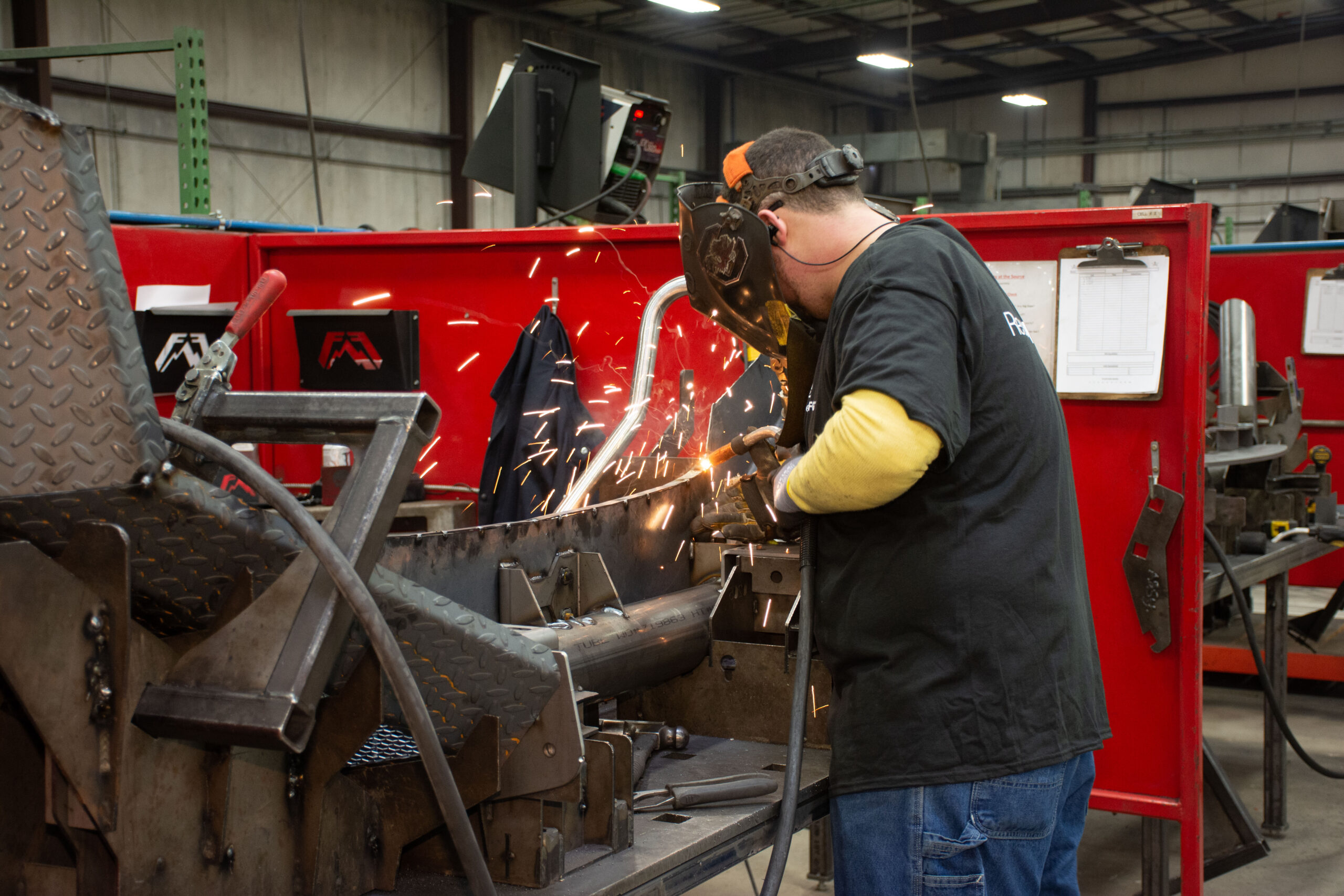
Here’s what you need and how to start welding today Welding jobs are on the rise due to a combination of factors from technological advancements …

Computer numerical control (CNC) machinists play a crucial role in the manufacturing industry today, as they’re responsible for cutting, shaping, and refining raw materials into …

Welding is a great skill to have, whether you’re a hobbyist or a professional. Becoming a welder can be difficult if you don’t know what …
Continue reading “What are the different types of welding jobs?”

Learn about five ways to streamline your manufacturing operations to boost productivity and profits, while still ensuring product quality and safety.

36% of employees feel engaged in the workplace. Interestingly, this number has fluctuated more in the past few years than it ever has before. Employee engagement is one of the most important concepts in organizational leadership as it helps to ensure that people are sticking around for the long haul.

One in four people quit their job in 2021. That’s a big deal that many organizations need to come to terms with. By now, it’s no secret that employee engagement is a top concern for many businesses. Productivity is often cited as the key driver of employee engagement.

When employees feel burned out and unconnected to the work they’re doing, quiet quitting becomes a real thing.

Find out how manufacturers can actively demonstrate ethical practices to attract employees that let their values guide decisions on where they want to work.

Find out how to get the right balance between finding your ideal candidates and being the right employer for the people you want to hire.

Manufacturing environments are demanding work on both the body and mind. Helping your workforce take care of both is all the more important to ensure they remain safe, happy and productive.

Offering workers the opportunity to upskill through a development program is a great way to ensure better employee retention and provide a strong incentive for new candidates to want to work for you.

A recession is likely to happen in the U.S. in the upcoming year, but the manufacturing industry has proved to be resilient in the face of an economic downturn.

As we move into a time of economic uncertainty, learn five steps you can take to build a more efficient workforce and future-proof your manufacturing company.